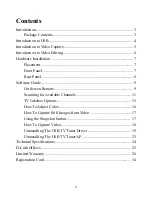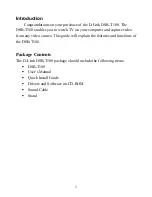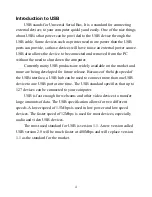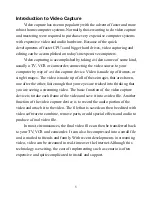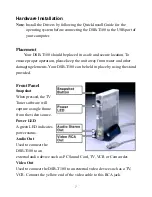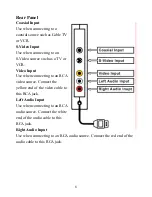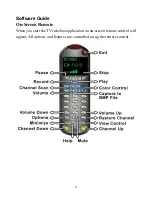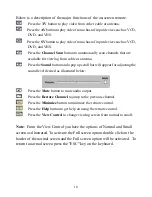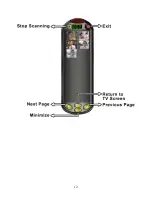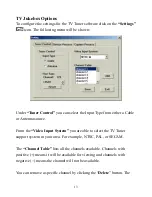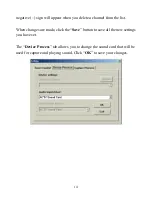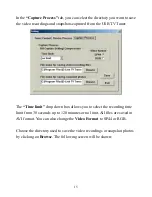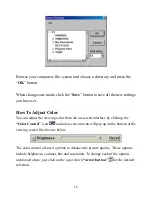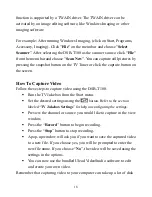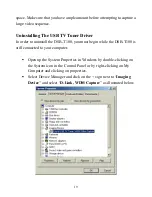
Introduction to Video Capture
Video capture has risen in popularity with the advent of faster and more
robust home computer systems. Normally, those wanting to do video capture
and mastering were required to purchase very expensive computer systems
with expensive video and audio hardware. Because of the quick
developments of faster CPU’s and bigger hard drives, video capturing and
editing can be accomplished on today’s inexpensive computers.
Video capturing is accomplished by taking a video source of some kind,
usually a TV, VCR or camcorder, connecting the video source to your
computer by way of a video capture device. Video is made up of frames, or
single images. The video is made up of all of these images that are shown,
one after the other, fast enough that your eyes are tricked into thinking that
you are seeing a streaming video. The basic function of the video capture
device is to take each frame of the video and save it into a video file. Another
function of the video capture device is to record the audio portion of the
video and attach it to the video. The file that is saved can then be edited with
video software to combine, remove parts, or add special effects and audio to
produce a final video file.
In most circumstances, the final video file can then be transferred back
to your TV, VCR and camcorder. It can also be compressed into a small file
and e-mailed to friends and family. With recent developments in streaming
video, video can be streamed in real-time over the Internet. Although this
technology is exciting, the cost of implementing such a scenario is often
expensive and quite complicated to install and support.
5
Summary of Contents for DSB-T100
Page 1: ...D Link DSB T100 USB TV Tuner Capture User s Manual Rev 11022000 ...
Page 12: ...12 ...
Page 35: ...35 ...
Page 36: ...M20010301 36 ...


